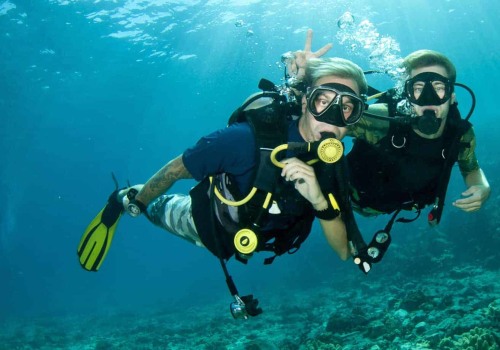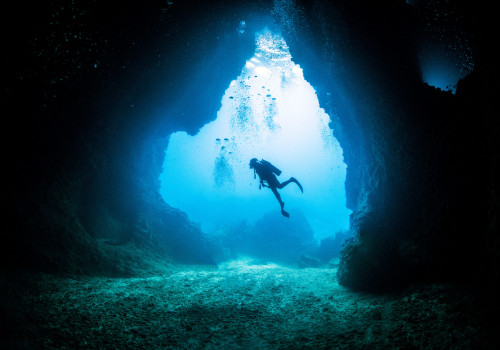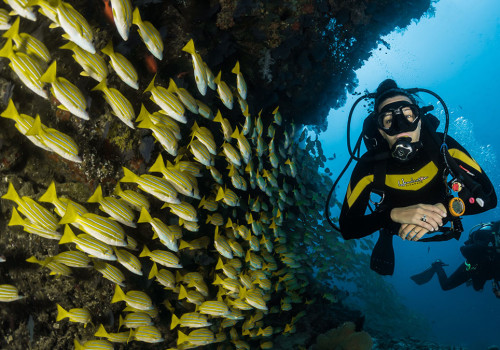Most divers wear diving suits when they go scuba diving because they help maintain body temperature and protect the body from the sun and other hazards in the open ocean. Even when the air temperature and surface temperature of the water are warm, it can get quite cold the deeper you dive, making it ideal for warm water diving. A thin rash protector is perfect for this type of diving as it provides extra warmth and protection from UV rays, friction from diving equipment, and marine lice that can cause itchy skin. If you plan to do multiple dives in warm water, you may feel colder as the day progresses.
In this case, a short 3 mm wetsuit is recommended. It protects you from UV rays, scratches from rocks and corals, and keeps your torso warm. Additionally, a hooded poncho is a discreet way to put on and take off your swimwear. The microfiber fabric is warm and soft, making it comfortable to wear between dives.
The material is highly absorbent and quick-drying, with a button on the neck and a pocket for convenience. However, loose clothing such as t-shirts are not suitable for diving as they can easily wrinkle and become piled up under the wetsuit. On the dive boat or in the dive shop, some men may feel self-conscious about wearing a flashy bikini.








